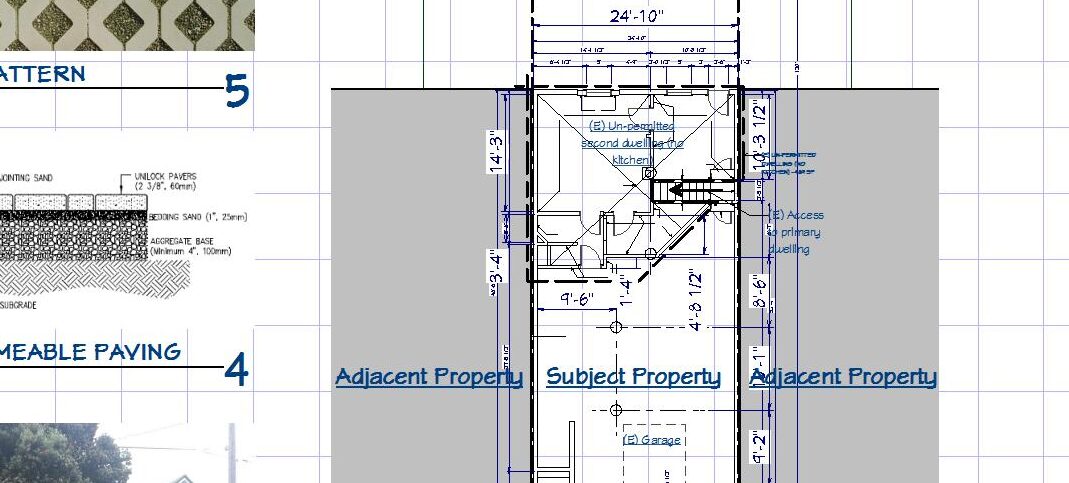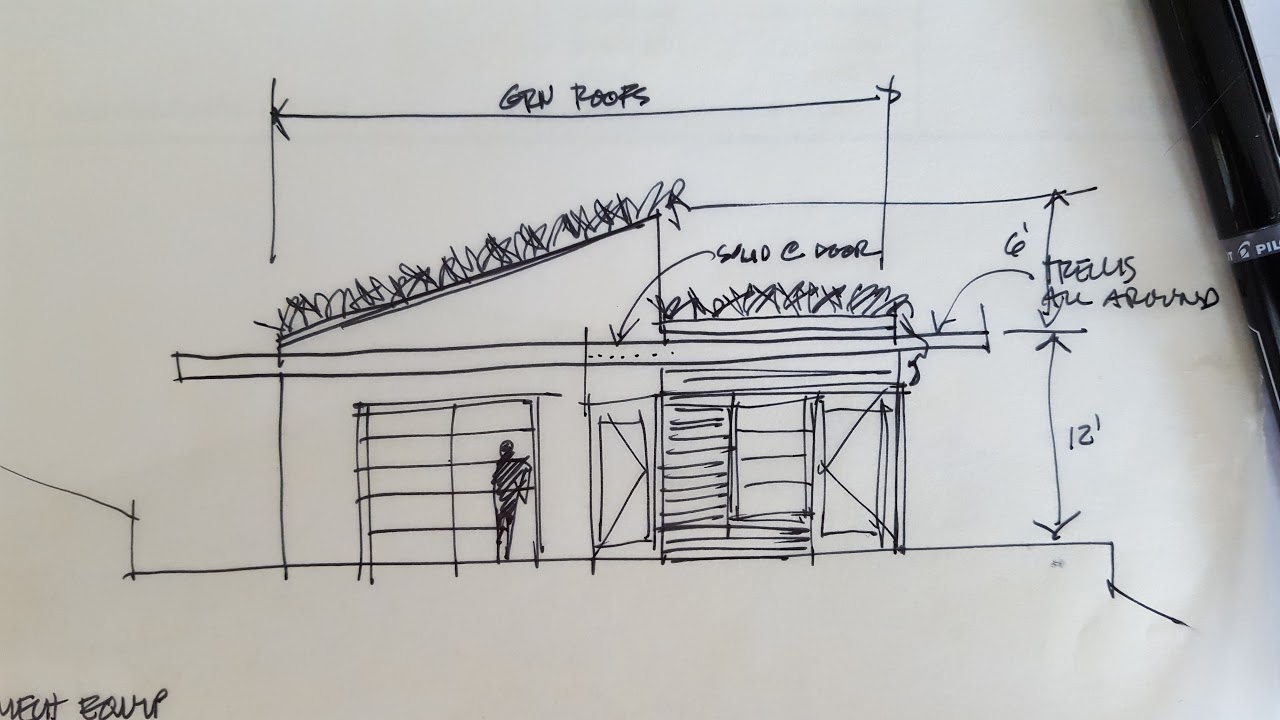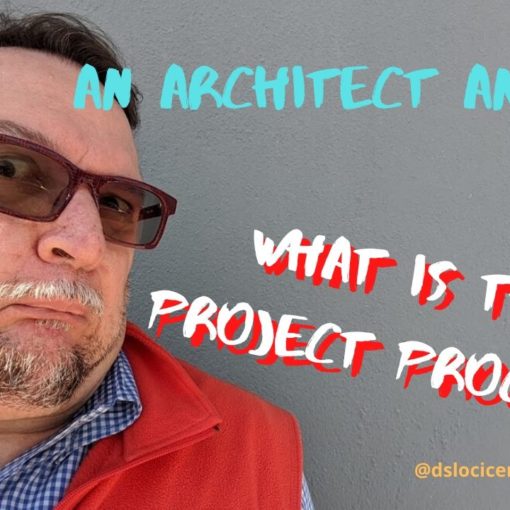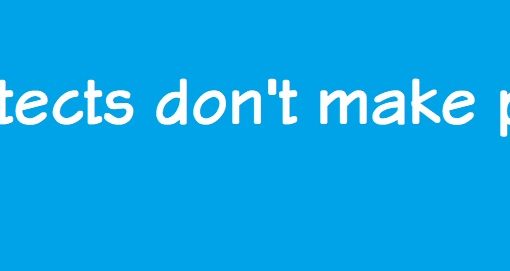If you are like many homeowners in San Francisco, you may have an existing in-law unit in your San Francisco home that was built without the necessary permits. Don’t panic! You have the opportunity to legalize this additional dwelling unit and bring it up to code. In this post, I will guide you through the often byzantine process of legalizing an unpermitted in-law unit in the City of San Francisco.
1: Assess the Existing In-Law Unit
The first step is to assess the current state of your in-law unit. Take note of any non-compliant features, such as low ceilings, inadequate windows, or missing proper entrances. Assess whether any modifications are needed to meet the necessary building codes and comply with safety regulations.
If you have already been cited by either the Building or Planning departments for having an unpermitted dwelling unit (UDU), the list of violations on the citation will help you start this list of needed modifications.
The citation will say that you need to submit documents, pull a permit and complete the work within 7 to 30 days depending on the department that issued it and the egregiousness of the violations. In reality, it can take 18 months to get a permit. But you should respond as soon as you can to the issuing inspector and let them know you are looking for an architect. Notify them again when you have hired the architect so that they know you are working diligently to respond to the citation.
2: Engage with a Professional Architect or Engineer
Working with a professional architect or engineer will make the process of legalizing your in-law unit much smoother. They can evaluate the existing structure and provide expert advice on the modifications required to bring it up to code. An architect or engineer will create accurate plans and documentation that will be essential for the permitting process.
Be sure to find a professional who is experienced in legalizing UDUs. The process can be complicated, even for professionals. Not all architects or engineers have this experience.
3: Consult with the San Francisco Department of Building Inspection (DBI)
You or your design professional should contact the San Francisco DBI to discuss your situation. The DBI are there to assist homeowners like you and guide you through the process. If necessary, schedule an appointment to meet with them and share your plans for legalizing the in-law unit. Their staff will provide valuable guidance on complying with the necessary building codes and regulations.
The City may require that you apply for a UDU Review. This review will determine if what you have actually qualifies as a UDU or not. It is based not only on the layout of the unit and its relationship to the main dwelling, but also on whether there are records of it having been rented out in the past.
4: Apply for the Required Permits
With the guidance of your architect or engineer, apply for the necessary permits to legalize your in-law unit. The DBI will provide specific information and requirements for the permit application process. Be prepared to submit accurate plans and documentation that illustrate the modifications needed to bring your unit up to code.
Several departments will review your application: Planning, Building, Public Works. Building has different desks who will also review your documents including structural, mechanical, and electrical. Sometimes the Fire Department needs to review the application as well, depending on if there will be more than 3 units in your building when the project is legalized.
5: Make the Required Modifications
Working closely with your builder and your architect, make the necessary modifications to your in-law unit as indicated by the approved plans. This could involve raising ceilings, installing additional windows for natural light and egress, and creating a proper legal entrance. Ensure that all modifications meet the standards set forth by the building codes and safety regulations.
Depending on the configuration of your property, these changes can be minor or major. Be prepared. The legalization process requires that you meet current building codes, not the code in effect when the in-law unit was built. In many cases the most expensive correction is if the ceiling heights are too low. That usually means having to dig down to get the required clearances.
6: Schedule Inspections and Obtain the Final Certificate of Completion
You or you builder will need to coordinate with the DBI to schedule inspections as required. These inspections will ensure that the modifications made to the in-law unit comply with the necessary codes and regulations. Once all inspections have been passed, you will be issued a Certificate of Completion. This document confirms that your in-law unit has been legalized and is now compliant with the City of San Francisco’s requirements.
Legalizing an unpermitted in-law unit in San Francisco may seem like a daunting task, but with the right approach and guidance, it can be done. Throughout the process, if you approach the DBI as a member of your team who are trying to help you remedy the situation, the process will go much more smoothly. Remember that the DBI is there to assist you and answer any questions you may have.
By legalizing your unpermitted in-law unit, you can ensure its compliance with building codes, safety regulations, and enhance your property’s value with a legal and viable living space.
Remember, too, there is no requirement that you have to rent out your newly legalized ADU. The City hopes that you will, but you can use it as guest accommodation, quarters for live-in care givers, or as a home office or studio.
If you have been cited, or if you think your in-law unit may have been built without the benefit of permits, feel free to contact me. I offer services to help people in your situation.






